Khuoi Dam, Na Khan village, Nghia Ta commune (Cho Don district, Bac Kan ) is where Su That Newspaper, the predecessor of Nhan Dan Newspaper, was headquartered in 1947. On the occasion of the 100th anniversary of Vietnam Revolutionary Press Day, we returned to Khuoi Dam. Communes in the Cho Don Safe Zone such as Luong Bang, Nghia Ta, Binh Trung... today are filled with the green color of immense forests. From National Highway 3C, turn to the beginning of Khuoi Day bridge, the small dirt road winds through the endless green Mo forest.
Mr. Trieu Van La, the caretaker of the Khuoi Dam historical site, led us to the old Mo trees, their roots protruding above the ground, as sturdy as witnesses of time: “This is a Mo forest that has been exploited once. New shoots grow from the old roots, so they grow faster and stronger”. After more than a kilometer along the bumpy dirt road, the Khuoi Dam monument stele gradually appeared in the middle of the old forest, leaning against an ancient lim tree that was changing leaves, greening a corner of the sky. A small stream flowed behind the stele, blending with the rustling sound of leaves.
Since 2016, Mr. Trieu Van La has volunteered to look after the relic, diligently cleaning, sweeping leaves, and cutting grass every day, without expecting any remuneration. “This place is a historical relic, we must preserve it so that future generations can understand the hardships of our ancestors,” Mr. La said proudly.
Khuoi Dam, in Tay language means “black stream”, located at the foot of Khau Ty mountain, in Nghia Ta commune. The old people of Na Khan village said that in 1947, this place was a wild jungle, with wild animals lurking, and few people dared to go near. Mr. Trieu Van La pointed to the lush green mountain range: “Nghia Ta has three big mountains: Khau Bon, Khau Ty, Khau Lieng. Khuoi Dam is next to Khau Chu, once covered with old tamarinds. From here, it is easy to go to Tuyen Quang , to the Central Party Office in Khuoi Linh or Na Pau, where Uncle Ho used to live and work”.
According to the elderly here, this terrain is favorable for "attacking and retreating", ideal for communication. According to the History of the Party Committee of Nghia Ta Commune, in 1947, the Truth Newspaper evacuated to Khuoi Dam, bringing with it a group of cadres and bulky machinery, including a printing machine so heavy that it required 18-20 people to carry it.
Here, the newspaper agency set up three working areas: a workshop, a workers’ hut, and a cadre hut. In a small house deep in the forest, Su That Newspaper still regularly published front-line reports and sharp theoretical articles. In particular, at Khuoi Dam, the newspaper published many important articles by Uncle Ho such as Changing working methods, Long-term resistance will definitely win, signed under the pen names XYZ, AGLT, Le Nhan, etc.
Mr. Ma Van Vang, the last living witness of the days of Su That Newspaper in Khuoi Dam, now 93 years old, solemnly hung the national flag next to the picture of Uncle Ho on the rustic wooden wall. He slowly recounted: “At that time, I was only 15 years old, and sometimes the cadres let me play near the headquarters. Near the agency there was a hill of dirt, the cadres dug tunnels to burn coal to run the machines.
Two large charcoal kilns, the locals call that place Lo Than - charcoal kiln in Tay language. When Bao moved, my mother, Mrs. Ma Thi Mao, also helped carry the machines. The machines were too big, so they had to be carried downstream by rafts..." According to Deputy Head of the Department of Culture and Information of Cho Don district, Ha Thi Tuyet, the Khuoi Dam relic was recognized as a provincial historical relic in 2011.
Over the years, the Cho Don Safe Zone has preserved its revolutionary tradition intact. Like the lush green Mo forest that is constantly regenerating from its silent old roots, today’s young generation is continuing the story of Khuoi Dam with new steps.
In Nghia Ta commune, green economic shoots are growing strongly. Veteran Chu Viet Hoa, Ban Bang village, is a pioneer in growing and processing yellow flower tea. After being discharged from the army in 1982, he struggled with poverty. In 2019, he established Hoa Thinh Cooperative, specializing in producing yellow flower tea. In 2020, his products achieved the first 3-star OCOP standard in Bac Kan. Not stopping there, Mr. Hoa also encouraged the Dao ethnic people to grow dong leaves under the forest canopy, creating a stable income for the community.
Together with Mr. Hoa, Ms. Duong Khanh Ly continued to establish the Nghia Ta Agricultural and Forestry Cooperative, investing in a solar-powered yellow tea drying workshop, creating jobs for 5-6 workers with an income of nearly 5 million VND/month. The cooperative owns more than 5 hectares of raw material area, linked with 8 households. Thanks to exemplary elders and enthusiastic young generations, yellow tea, considered the "green gold" of Nghia Ta, is reaching far in the market, reaching a value of millions of VND per kilogram of dried cotton.
The cool green forests, which once sheltered resistance cadres, now nurture and grow a new generation to enrich and beautify their homeland. Nghia Ta today is one of the first communes in Bac Kan to meet new rural standards since 2020. Infrastructure has been upgraded, and people's lives are increasingly prosperous.
The entire Cho Don district, the former An An Khu area, has achieved a rate of more than 95% of households using national grid electricity and clean water, more than 95% of high school graduates, and the number of poor and near-poor households has decreased sharply. Standing Deputy Secretary of the Cho Don District Party Committee Ma Thi Na shared: “From 1946 to 1954, many central agencies, including Su That Newspaper, the predecessor of Nhan Dan Newspaper, were headquartered here. The presence of the newspaper was an important milestone, arousing revolutionary consciousness, promoting the building of a prosperous homeland”.
On November 20, 2023, the Prime Minister approved the conservation plan for the Cho Don National Monument. In the near future, many communes in the area will merge to form a historical-ecological tourist route. Khuoi Dam - the legendary "black stream", will continue to tell stories about ancient footprints, where green shoots are growing strongly today.
Source: https://nhandan.vn/noi-ay-khuoi-dam-post886764.html








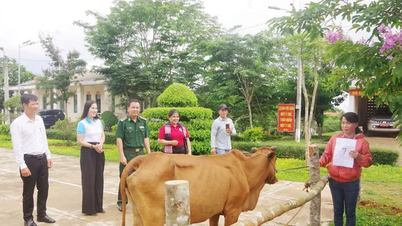

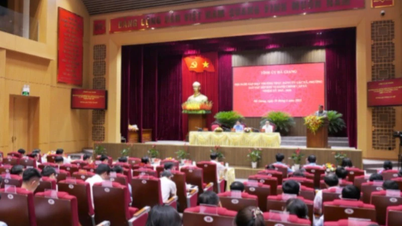









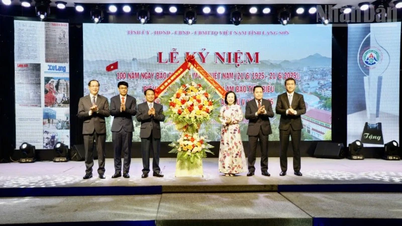
![[Video] Exhibition celebrating 100 years of Vietnamese Revolutionary Journalism](https://vphoto.vietnam.vn/thumb/402x226/vietnam/resource/IMAGE/2025/6/18/1ba7ffdc6eef4b1682a3768741aca732)
![[Video] Launch of the book "Uncle Ho's articles on culture and journalism in Nhan Dan Newspaper"](https://vphoto.vietnam.vn/thumb/402x226/vietnam/resource/IMAGE/2025/6/19/7609d5bdfe1c4fc2be66f38e46365ae6)
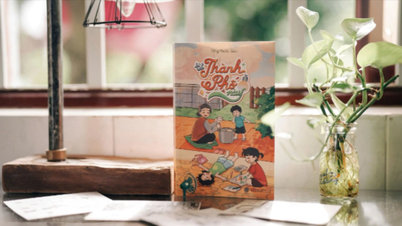
![[Photo] Nhan Dan Newspaper launches books, publications and exhibitions to celebrate 100 years of Vietnam Revolutionary Press Day](https://vphoto.vietnam.vn/thumb/402x226/vietnam/resource/IMAGE/2025/6/18/1cd4cf242cf34e3b95646ac1cc2c50cb)














































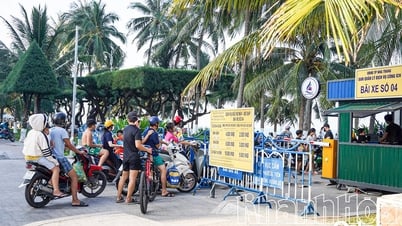



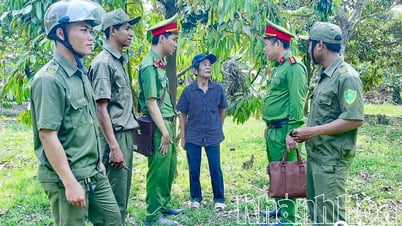

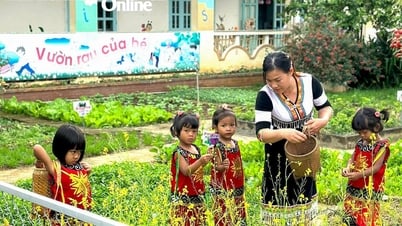













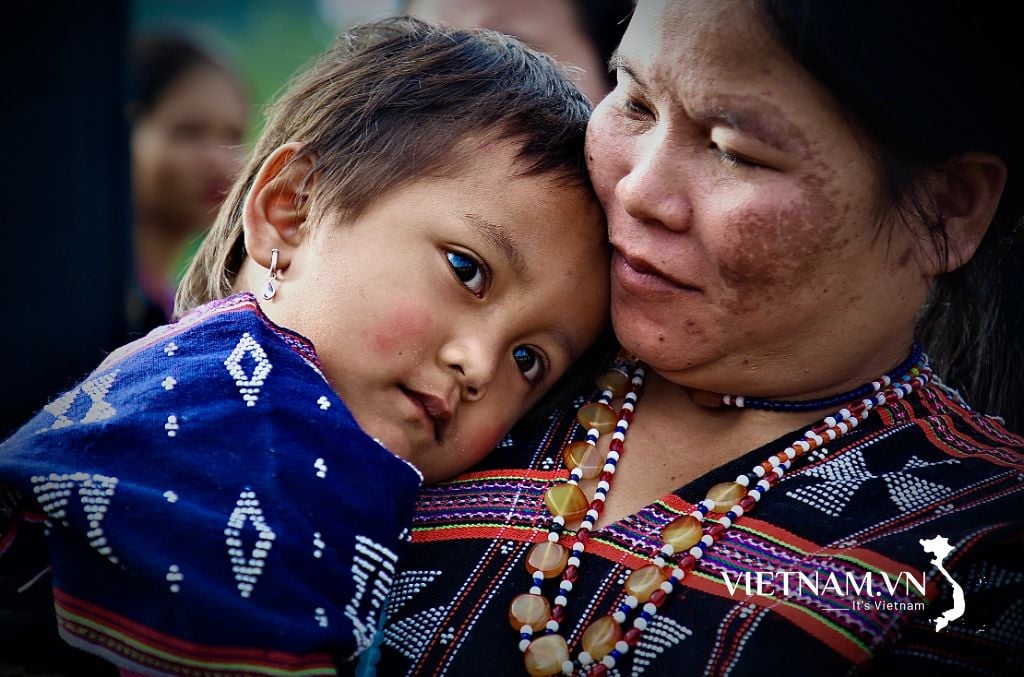

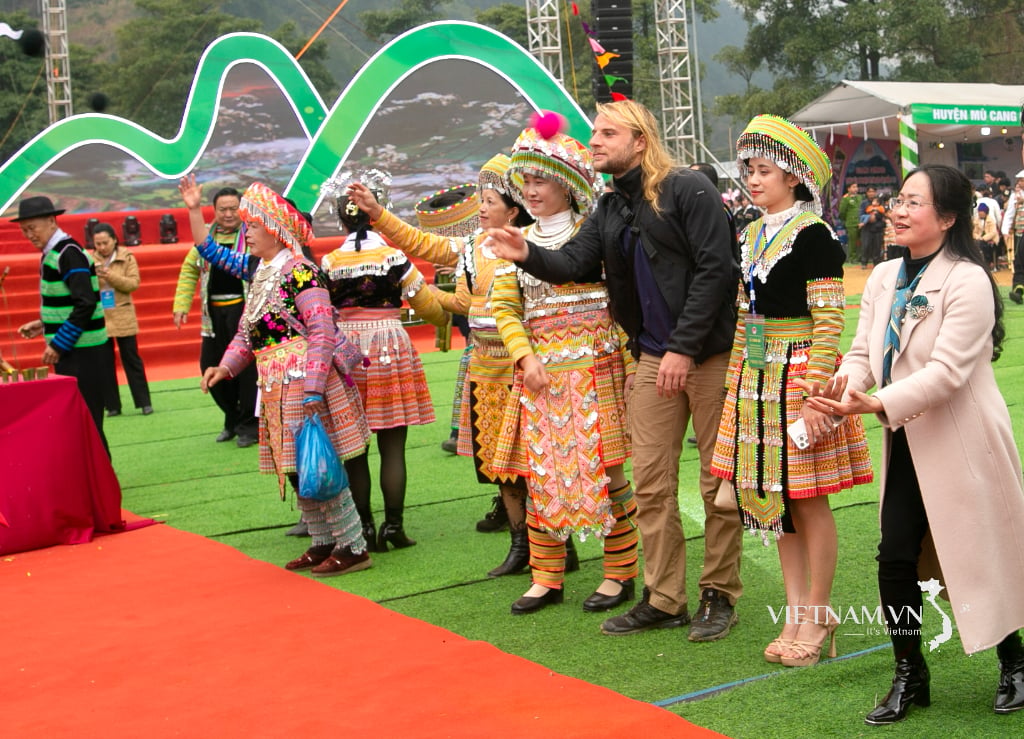

Comment (0)